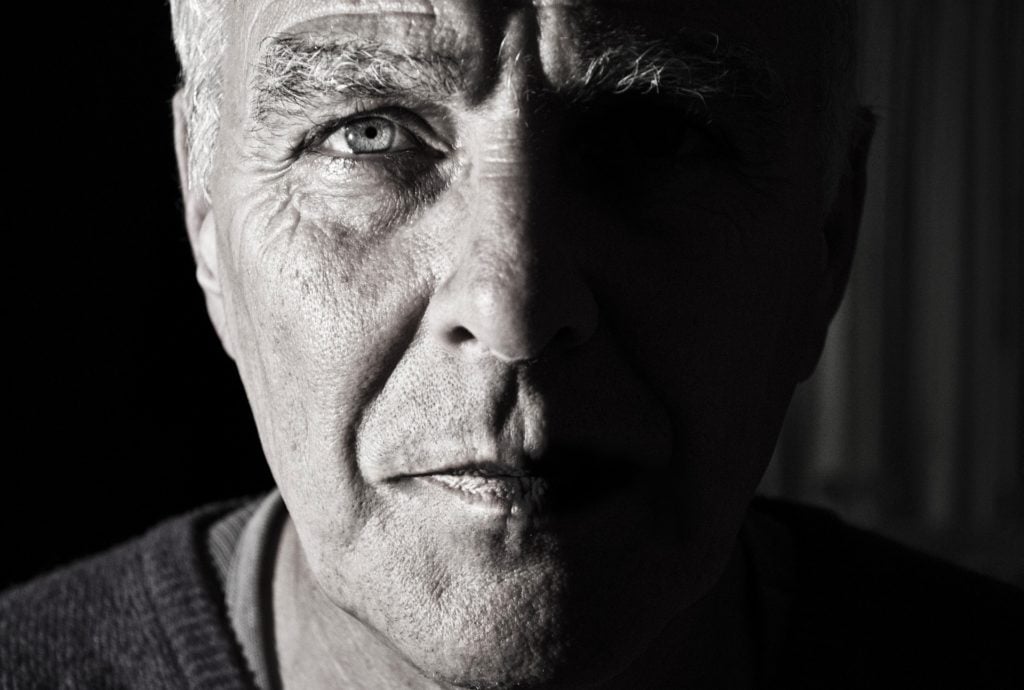
A step-by-step guide to writing a case study that wins hearts and minds
If you work in a small charity, music or arts organisation you probably need to write advocacy case studies about the impact of your work. But how often do you find yourself staring at a blank page, feeling under pressure, and not sure where to begin? Having a set of questions to follow makes the process so much easier. Read on to follow the questions and tips I use for writing a case study.
Telling an individual’s story
Case studies or stories about individuals are by far the most powerful. Wherever possible try to find an individual to interview and write about, to bring your work to life.
Make sure they’re fully informed about why you’re writing the case study and how it will be used, and get their written consent. You may wish to change their name and use a photo that doesn’t show their face (or not use one of them at all), but you’ll still need their fully informed consent. CharityComms has some great guidance about case study consent as well as a downloadable permission form template.
Title
This should draw the reader in, give them a hint about what they’re going to read. Ideally, use a descriptive title that’s more than just the name of the person or project. It could hint at the transformation or impact – ie ‘Jack learns to trust others and cope with his anger’ or it could be a quote from them (or a lyric they’ve written if it’s a music project).
First paragraph
This needs to gain the reader’s interest and attention, and give a hint of why they should be interested and/or give the essence of the story. It could start with how the person was when you first met them – how they presented themselves, behaved, what this felt they were telling the world.
Main body
This tells the story, usually in chronological order. How was the person at the start, what happened then, what happened then, what happened then, what changed for them, why did it change, how did that show? Make sure the case study is:
- honest – readers accept that life is complex, and an individual’s problems or barriers won’t necessarily disappear because of your intervention. You can still create a sense of change, progress and improvement.
- clear and factual – this doesn’t mean you should avoid being emotive: in fact, quite the opposite. It’s a fine balance between making an emotional connection with the reader (which is essential in storytelling) and avoiding exaggerating the person’s story in an exploitative way. The emotion should come from the story and quotes, rather than hyperbole or embellishment.
- inclusive of more than one point of view if possible – eg a carer, teacher, family member. If you can include direct quotes from others, or describe situations that happened, that will add colour and make your story more convincing.
- backed up with evidence (a statistic, eg reduction in medication, increase in activity) if it fits with, and will enhance the story
- broken up into bitesize chunks – it’s helpful to break up the text with short headings if you can. If you’re designing/typesetting for print or online, you may consider sub-editing devices like box-outs or pull quotes.
Questions to help you tell the story
- What were they struggling with?
- How did they behave, present themselves, at the start, at points during the programme, by the end?
- How were they with you, other people?
- How did you encourage/support their involvement?
- You may want to write something about your practice/approach – what were you actually doing, what role did you play? Can you describe or explain it using an example?
- What did they do in the sessions?
- In what ways did change happen and how did you see it?
- Were there setbacks along the way and how were those overcome?
- How can you conclude the story – where are they at/how did you leave them? Are they more able to cope and if so how?
Finally
Ideally, the personal story is a way of conveying what you do, the way you do it, why it works, and why it matters. Make sure to consider how you can weave elements from your theory of change, and/or key messages from your communications strategy, into the story.
Read about some of the case studies we’ve written for Youth Music, Wiltshire Music Connect, Community Sector Coalition, The Music Works, Swindon, Wiltshire and Gloucestershire Musical Inclusion programme.
Image: Image by Simon Wijers from Pixabay
